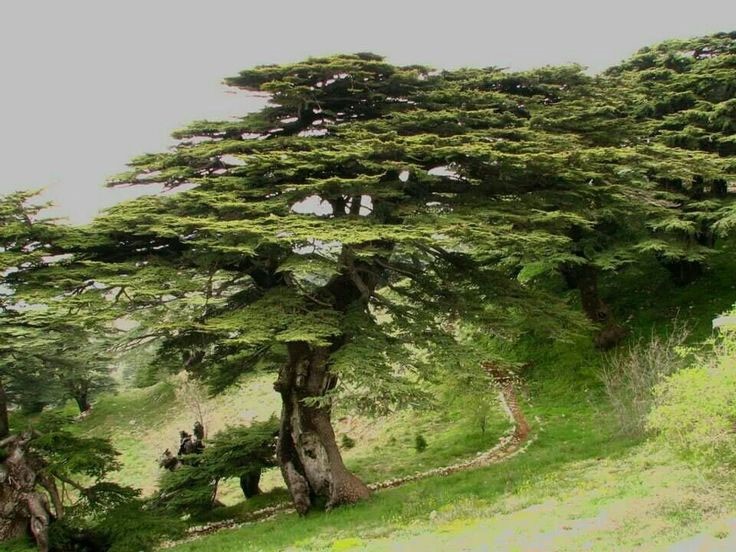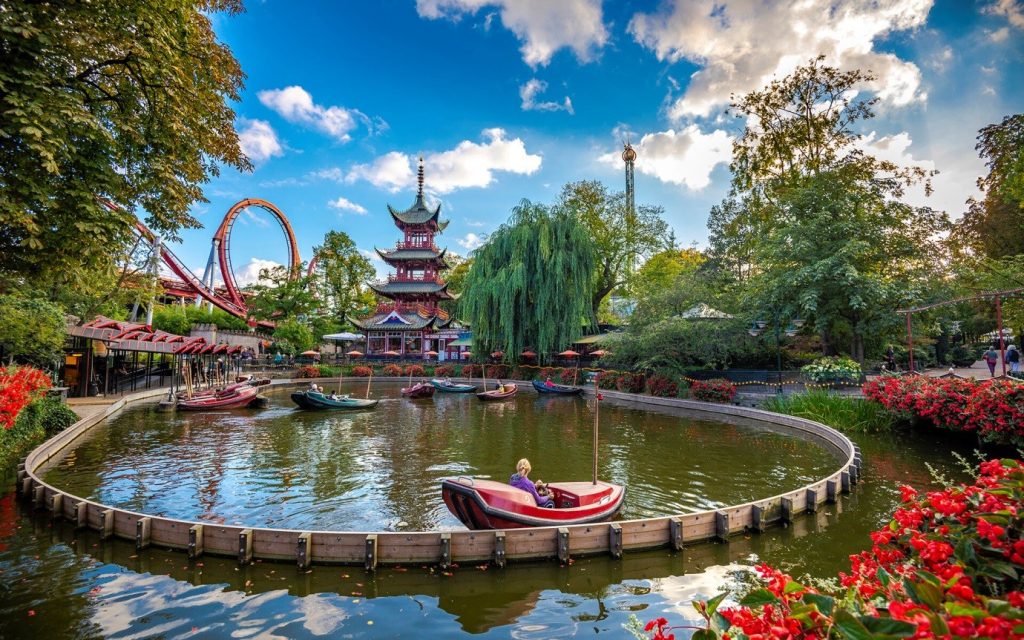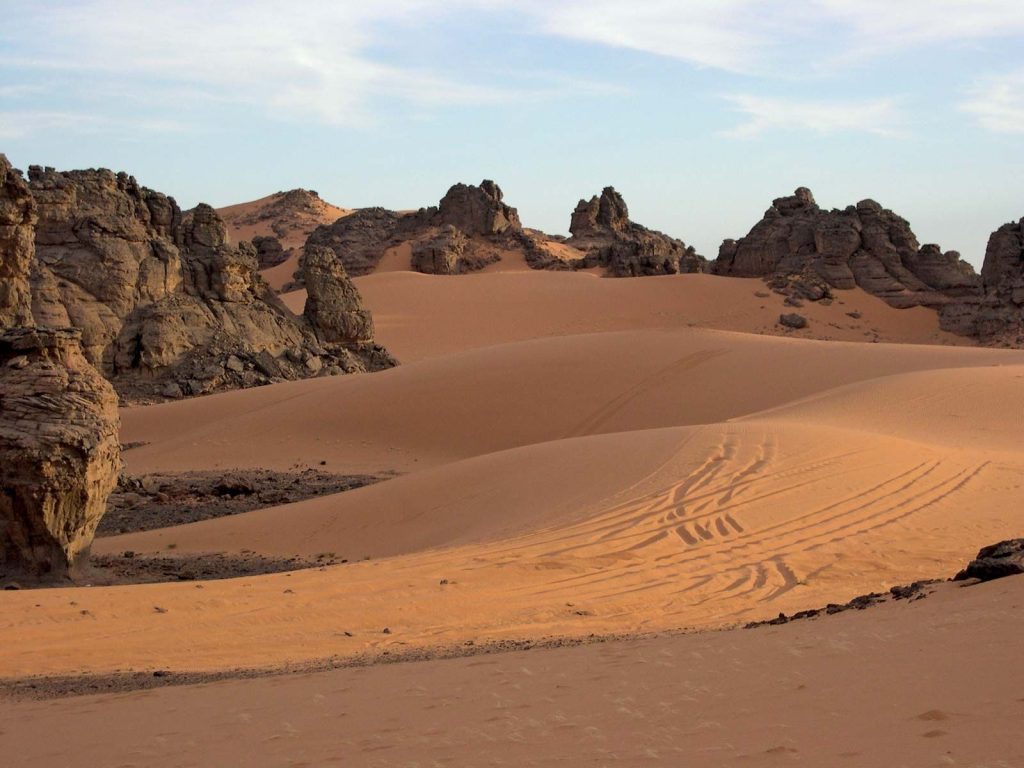Abeche City
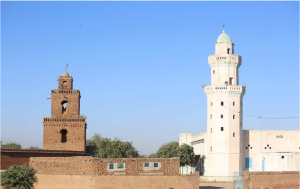
Abeche, a prominent historical site, has the distinction of being the oldest city in Chad and served as the former capital of the Kudan Sultanate. It continues to evoke a sense of fascination with the unfamiliar aspects. Within the urban confines of Abeche, one may see the vestiges of ancient mosques, the opulent edifice of the Sultan’s palace, and a venerable burial ground of historical significance. These marketplaces continue to retain their traditional character, offering a wide range of crafts and spices for purchase. The market shelves continue to provide a variety of African cuisine, jewelry adorned with mother-of-pearl, colorful native garments, and souvenirs crafted from clay and bones. The remnants of the ancient city walls and clay homes are visible across the whole of the urban landscape. The city is surrounded by extensive arid desert landscapes and barren riverbeds, which primarily serve as catchment areas for precipitation accumulation, extending across vast distances in all directions.
The N’Djamena Grand Mosque
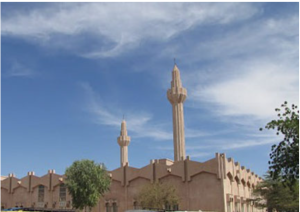
Located in N’Djamena, the capital city of Chad, next to the bustling central market, one can find the prominent N’Djamena Grand Mosque. The allure of Africans is what attracts a majority of people. In 1978, a Muslim shrine was established by French colonialists. A significant number of Muslims continue to frequent the mosque for the purpose of prayer in the present day. A significant number of individuals visit the mosque with the intention of appreciating its aesthetic appeal or seeking solace from the urban clamor, therefore finding respite in a serene environment.
The N’Djamena National Museum
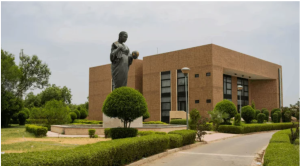
The National Museum in N’Djamena, Chad, is widely regarded as a prominent destination for visitors because to its role in safeguarding the historical and cultural heritage of the ancient Sao civilization. This location is home to a wide array of petroglyphs, including many forms of artistic expression such as rock art, jewelry, ceremonial masks, household artifacts, and musical instruments. Furthermore, beside several captivating exhibits from the ancient era. The oldest hominid skull unearthed in this location, for instance, is estimated to have belonged to our ancestors around 7 million years in the past.
The Grande Marche Central Market

The Grande Marche Central Market is regarded as one of the most pleasant destinations to explore in Chad. The primary attraction for all tourist’s visiting N’Djamena is the city’s largest market. A wide range of products are now being offered at discounted prices at various retail establishments. Undoubtedly, the shelves are adorned with a plethora of distinctive African delicacies, jewelry, household items, and souvenirs. Nevertheless, it is possible to encounter antiquities throughout the auction proceedings. According to those who possess significant expertise in commerce, it is possible to get a reduction in price by a factor of four via effective negotiation with the seller. Visits to the market elicit a plethora of profound emotions. Indeed, there will be a wide array of gifts and goods available at reasonable prices, accompanied by a bustling atmosphere of trade and interaction with local residents.
Lake Chad
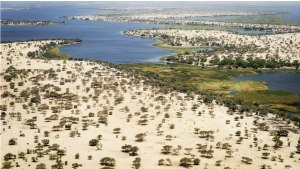
Lake Chad is located in the geographical heart of the African continent. Due to its vast size, the body of water in question was bestowed with the appellation “African Sea.” The river in question has paramount importance within the geographical context of Chad, and concurrently represents the largest hydrological feature in the region of Central Africa. The presence of palm trees, baobabs, reeds, and acacias in the vicinity of the reservoir is quite unusual given the arid nature of the surrounding areas. The relic lake has a multitude of undisclosed information. The water has a notable attribute, since it possesses a little salinity. Both animals and humans partake in its consumption. Dense tropical forests, characterized by a profusion of avian species, may be seen around the periphery of the lake. The location of the border between natural zones is situated at this point. The Sudanese savannahs, characterized by their towering grasses, are situated in the southern region of the lake. The vast and arid Sahara Desert extends in a northerly direction.

